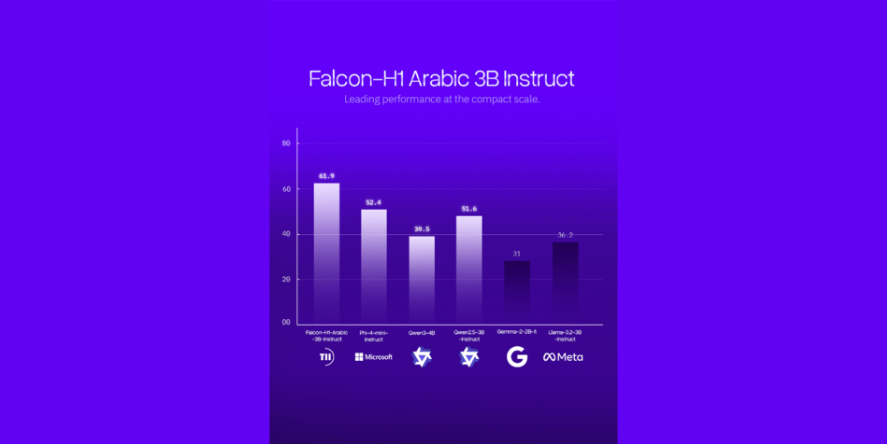In this fast-paced business world, many elements are required to be successful. One of the most important elements is efficiency. While there are various ways to boost efficiency levels, there is one tool that stands clear in terms of importance: software.
The software has revolutionized how companies manage their workflows. When utilized correctly, you can streamline processes, increase productivity, and achieve better overall results. However, how do you harness this technology correctly? That’s what this guide reveals.
Understanding the Impact of Workflow Software
You understand that workflow software is beneficial. Yet how does it help your organization specifically? By being able to organize, manage, and automate repetitive business processes, you can profit in the following ways:
- Increased efficiency: Automated workflows reduce the time spent on manual processes.
- Improved accuracy: With standardized processes, the likelihood of errors decreases significantly.
- Enhanced collaboration: Workflow software typically incorporates tools that support teamwork and communication.
- Scalability: As your business grows, workflow software can adapt to handle increasing demands.
By highlighting these main advantages, it’s clear to see why workflow software is essential for your business. Yet it’s not a case of selecting any technology you come across. You must pick the right software for your needs.

How to Choose the Right Workflow Software
Selecting appropriate workflow software is vital. As well as aligning with your business objectives, it should be user-friendly and integrate effectively with other tools you use. This will ensure that, rather than being a hindrance, it fully supports your efforts.
For example, say you operate within the oil and gas industry. This is where OCCMS and its Orbit software, a specialized oil and gas project management tool, can make a massive difference. Orbit streamlines the process in several ways. This includes automated reporting, real-time tracking, and, importantly, industry-specific functionality. By being able to meet the unique challenges of oil and gas project management, Orbit becomes more effective than generic project management tools.
5 Steps to Implement Workflow Software Successfully
The previous section referenced how to select the right workflow software. However, implementing this software successfully includes careful planning. Here are five steps to follow for a smooth transition:
- Assess your needs: Conduct a thorough analysis of your existing workflows to identify inefficiencies. Understanding these issues is key to effectively choosing software that addresses these specific challenges.
- Involve your team: Discuss the situation with team members who will regularly use the software. Their insights can guide your choice, where the selected tool matches the practical needs of day-to-day operations.
- Select a scalable solution: You shouldn’t just opt for software that meets your current needs – it should also possess the capacity to handle future growth. This foresight prevents the need for frequent software changes as your business expands.
- Train your team: Invest in training sessions for your team. This ensures users are comfortable – and proficient – with the new software, resulting in better adoption and more efficient use.
- Monitor and adjust: Regularly review the software’s performance and user feedback. This can assist when adjustments are required to match your evolving business needs.
It’s time to harness software and invest in your company’s future. Embrace the power of workflow software and watch your business processes transform for the better!
Blog Received On Mail











